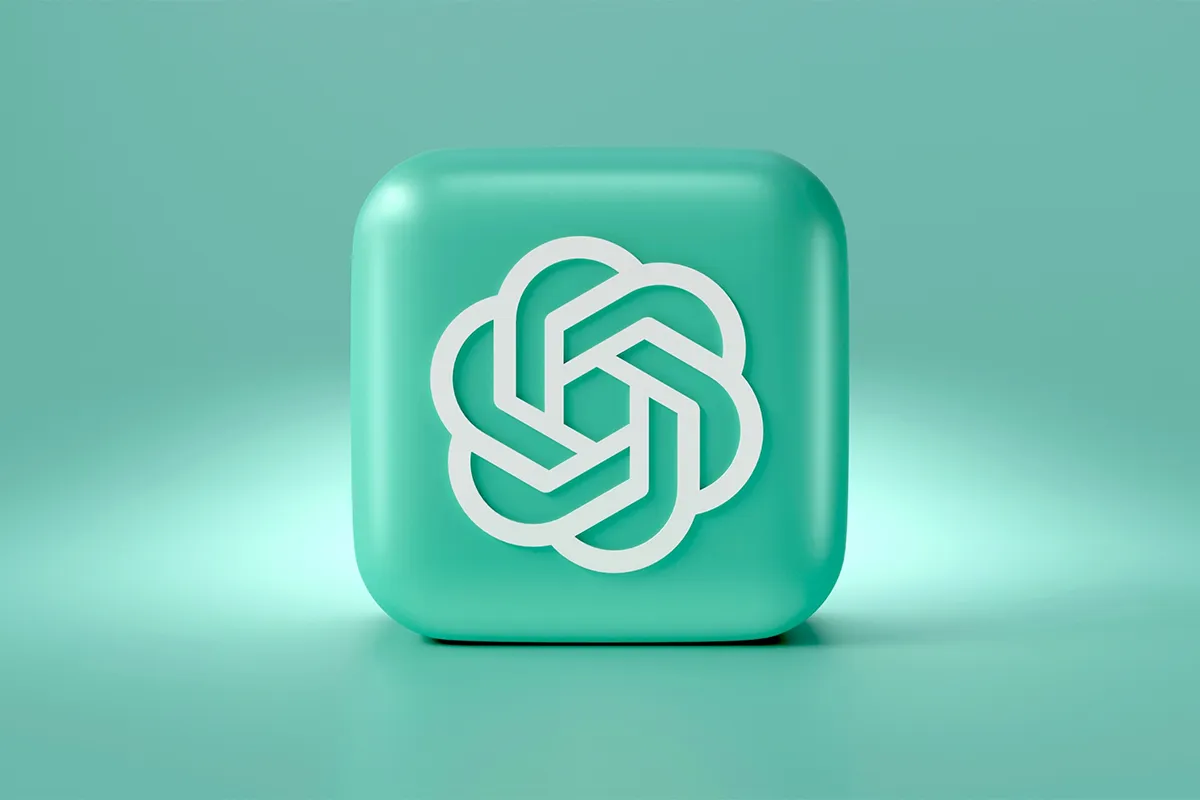When the ChatGPT was introduced in November 2022, the performance of the earliest language model was good but not great enough to understand the nuance of human language, emotions, experiences, and contextual relationships. It was an old language model, ChatGPT-3, that lacked many new algorithmic improvements that we use today. With the passage of time, ChatGPT has improved a lot, and now it is quite good at understanding humanistic characteristics.
However, as there is always space for improvement, the current language models ChatGPT-4o and o1 have a lot to learn ahead. When it comes to understanding the future of this AI giant, it is important to have a look at its evolution to learn how it will transform the way of communication.
Current State of ChatGPT
ChatGPT helps to change how we communicate. It connects people in a better way. It helps businesses to serve customers quickly. The tool plays a great role in virtual assistance. It supports students in their learning. Content creators find ideas for their work. These improvements show how important ChatGPT is in our lives.
- Capabilities of ChatGPT: ChatGPT has skills in understanding human language. It processes words and sentences similar to a person. This skill helps to create smooth conversations. The model understands questions and responds accurately. It can follow along in conversations. This makes it more engaging for users.
- Applications in different industries: Many industries use ChatGPT today. In customer service, it answers questions very fast. This makes the experience better for customers. It saves time for businesses. In education, ChatGPT helps students to learn. It can explain hard topics simply. Students can ask questions and get answers right away. This makes a fun learning place. Content creators also get help from ChatGPT. It creates ideas for articles and social media posts. This helps them be creative and saves time.
- Limitations and challenges: Despite its strengths, ChatGPT has some challenges. One big problem is understanding context. It can miss small meanings at times. This can cause confusion during conversations. Users may not receive the response they hope for. Another challenge is managing biases. ChatGPT learns from information online. This information can have opinions and stereotypes. If not checked, it can give biased answers. People may misunderstand its words. This can hurt communication.
Future Developments
As ChatGPT grows, it will improve in these areas. The goal is to create a more accurate tool for communication. This may change how people interact on many platforms. It will be interesting to see how society adjusts to these changes. The chances for growth and new ideas are exciting. In the future, ChatGPT will become a more trusted communication partner. Users must know the limits of ChatGPT. Recognizing the flaws of ChatGPT helps with responsible usage. As we move forward, we need to accept both the advantages and the challenges of ChatGPT.
1. Improved algorithms and models: The future of ChatGPT has exciting possibilities. ChatGPT continues to change and grow. Each update makes the models better and stronger. These improvements help to create smoother conversations. As ChatGPT improves its language skills, users will have better chats. Better algorithms bring more accuracy and relevance to the answers. This leads to more useful responses from ChatGPT.
2. Enhanced contextual awareness: Context awareness is important for communication. In the future, ChatGPT will understand the context better. This means it will know the situation. It can find tone, emotions, and intent in messages. Better context skills help ChatGPT give better answers. This will reduce misunderstandings. People feel closer when they talk to ChatGPT.
3. Integration with other technologies: Connecting with other technologies changes how people talk. Imagine using ChatGPT in augmented or virtual reality. Users can have real-time talks with a virtual assistant. This feels more real and engaging. People enjoy experiences while getting help from ChatGPT. ChatGPT will link with smart devices. This link lets it talk to various devices. For example, it can change home lighting based on your mood. This connection makes user experiences smoother and easier.
4. Personalization and user adaptation: Personalization improves ChatGPT interactions. Each user is different, and ChatGPT learns to adjust answers to meet their needs. ChatGPT analyzes how users act and what they like. Over time, ChatGPT has changed its language and tone. These personal talks make the conversations seem more human. Users like having a digital friend that understands them. Learning from user talks is important for growth. The more you speak with ChatGPT, the more it understands you. This relationship leads to better conversations. The growth of ChatGPT shows a step toward a future where talking feels real.
The future of ChatGPT looks very good. New research can make it more smart. Developers understand the context better now. This means ChatGPT can understand messages better. Researchers work to reduce bias, too. This makes ChatGPT fair for everyone. They try to make the user experience personal. Imagine a ChatGPT that learns from you. It reacts only for you. This makes conversations more fun and meaningful.

Transforming Communication
People must think carefully about these changes. Do they lose the human touch in conversations? Can technology replace empathy? We use these AI chatting tools. We need to think about their effects. These changes might create better connections. They can push people away. The future of communication looks bright. We need to think about it. We must find a good balance. We need a balance between technology and human connection. The choices we make now shape how we talk in the future.
1. Changing dynamics of human interaction: The rise of ChatGPT has changed how people communicate. This technology creates a new way to connect. It helps with conversations when people are far away. People can chat simply around the globe. They share thoughts and feelings fast. This makes relationships stronger. Online conversations feel more close.
2. Workplace communication: In the workplace, ChatGPT makes big changes. Team members work better together. The tool allows for fast and clear messages. This cuts down misunderstandings. When everyone knows what to do, tasks get done fast. Teams focus more on their goals. Project management become more easy. ChatGPT helps keep track of progress and remind workers about deadlines. This saves time and improves results.
3. Social media platforms: Social media feels the impact of ChatGPT, too. It creates content automatically. Businesses keep their accounts active with little work. This helps brands get more attention. Users find fresh posts all the time. Engagement on platforms increases with this tool. Companies respond to comments and messages quickly. This improves user experience.
4. Moderation and engagement tools: Moderation becomes easy, too. ChatGPT helps manage online forums. It spots harmful language or bad comments. This creates a safe environment for users. People can express themselves without fear. ChatGPT helps build good communities by doing this.
Ethical Considerations
ChatGPT needs to fix biases. Biases come from its training data. These biases change how it interacts with users. Sometimes, responses show stereotypes. This can hurt communication. Fairness is very important. Developers should work to reduce these biases. They need to check the training data often. Users deserve clear answers. Trust grows when fairness exists.
Privacy is a big concern for users. ChatGPT needs to deal with user data carefully. People share personal information when they chat. This data must stay safe and private. Developers have to use strong security. Users need to feel confident their data is safe. The responsibility is with the developers to protect this data. Transparency in data handling builds trust with users.
Regulation of AI is necessary. Without rules, bad practices happen. Developers must follow guidelines for ethical use. Organizations need to create standards for AI interactions. These standards lower risks. There must be accountability when things go wrong. Users need to feel secure that AI acts in a reasonable way. Developers should create and also take responsibility for their work. Users want to know their opinions matter in these discussions.
Talks about ethical problems need to happen in an open way. Companies must include user feedback in their development. Users can share their stories to make AI better. This helps everyone to have better tools for communication. More people discuss these problems. Stronger solutions come from these discussions. AI is a strong tool. It needs to be fair. It must protect privacy. It should stay accountable.
Conclusion
We enjoy new technology. We also think about responsibility. Great power comes with great responsibility. Users must use ChatGPT carefully. They need to know its limits. Ignoring these limits can cause misunderstandings. Developers need to be careful, too. They should check how ChatGPT learns from data. They must stop harmful biases from getting in. Transparency helps users trust it more.
We have a choice in the age of AI communication. We can accept new technology carefully. This means we learn about its effects on society. It also means we talk about how to use ChatGPT in an ethical way. We must think about its effects on real life. It is important to encourage open talks about these problems. Everyone must join this dialogue. Together, we create a future where ChatGPT helps communication. It should not cause harm. Now is the time for action. We embrace good changes. We must be responsible. A careful approach makes a better world for everyone.
